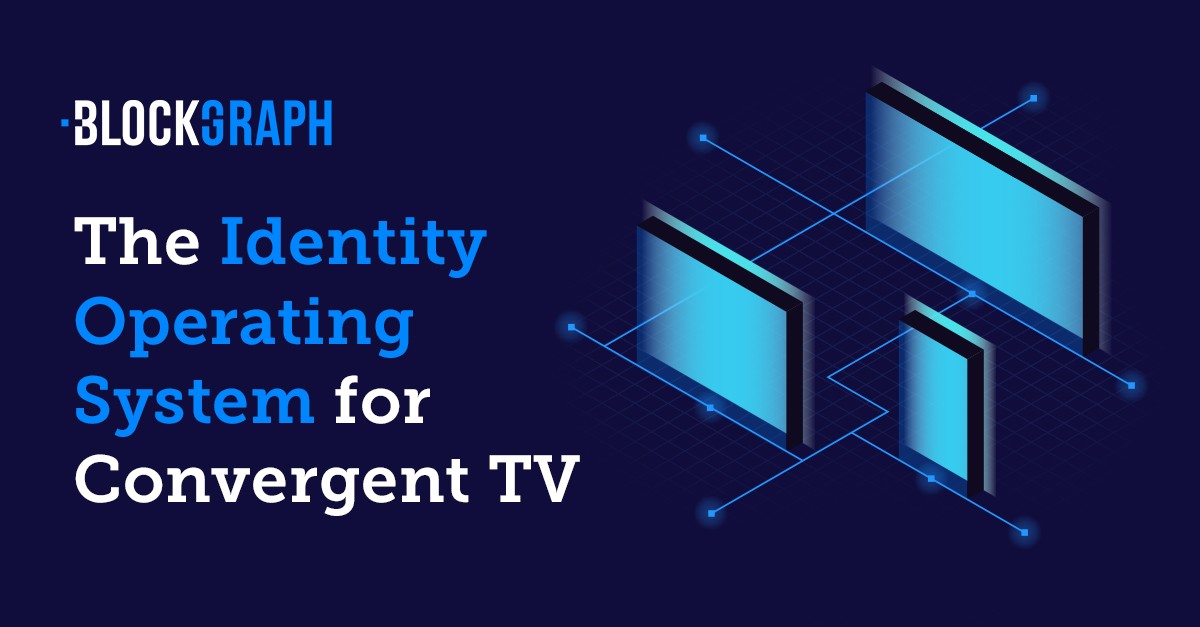
Why TV Advertising Needs Its Own Identity Operating System
As the TV advertising business races to embrace digital-like tactics, we’re seeing solutions emerging, almost daily, promising to help brands find their target consumers across platforms and screens.
Normally, options are a good thing for advertisers. But right now, this sea of identity graphs, measurement firms, media giants and device makers - all promoting their proprietary targeting mechanisms and mini-walled gardens – demonstrates there’s a problem.
This is the kind of problem that can stifle growth of a promising market before it has a chance to take off. Hence, we need a new and fresh approach on how we take advantage of this tremendous opportunity.
As data-driven targeting comes to linear TV, addressable TV, streaming TV and other formats, it’s increasingly clear that the industry needs an identity operating system so that all these solutions can easily and quickly talk to one another. Creating a new lens for how we connect the dots in a safe way can quickly evolve a very broad ecosystem across a common thread.
In its simplest terms, TV is facing an identity crisis - one it needs to solve as soon as possible, lest the industry cede more ground to the big tech platforms. Remember, fair or not, these technology companies have an inherent advantage on the identity front, since they are built upon people logging into their proprietary environments.
So theoretically, it would make life easier for TV if all of the various constituents could simply settle on a single set of measurement standards, buying currency, and attribution methodology.
Yet given how competitive this industry is - and just how valuable and vital customer data has become - it’s just not realistic to pick winners. Would media company A be ok if we all started using media company B’s identity graph? Would the clients of one holding company be fine if buyers all employed the currency developed by another big holding company?
My guess is no.
Plus, it’s instructive to think about the debate going on right now in digital media with Google. As we’ve seen, having a whole industry locked into one company’s identity solution has a big downside if that one company one day decides to change the rules.
In our view, we need to find a way to establish a convergent TV advertising marketplace that works for everybody - and doesn’t inhibit growth by nature.
Since it’s unlikely that brands or media companies are about to standardize how they measure, track or buy these cross-platform campaigns, the market needs something that ties it all together.
And let’s face it. TV is simply different. Using existing cloud solutions or onboarding technologies that were built for cookies or CRM data or something else just won’t cut it. There are too many variants within the emerging convergent TV industry in the way they deliver data, their pricing systems, and how they fundamentally run their businesses. TV needs an identity operating system that accommodates all these distinct nuances and attributes.
Thus, at Blockgraph, we’ve been looking to build the Identity Operating System (IDoS) to accommodate this growing, convergent TV future. We believe our approach will enable the flow of permissioned data to all invested parties in a way that is open, flexible, and secure.
Some brands are going to want to target and optimize using household data. Others will look to employ device IDs, and some will want to target individuals using first-party data. Our Identity Operating System – grounded in openness, a common language, safety, speed, and accuracy – enables all these different approaches.
The same goes for third-party metrics providers and attribution vendors. If we do this right, every company should be able to plugin to the system, connecting to the right buyers and sellers as needed.
At the same time - whichever direction TV takes regarding identity and targeting, consumers’ data has to be protected. In fact, the more cooperation we have on this, consumers should enjoy the benefit of receiving more relevant ads, while not being inundated with the same ads repeatedly. Our IDoS provides the ability for participants to fully control what goes in and what goes out, delivering intelligent safeguards that enable privacy commitments to be maintained.
Beyond that, the hope is that we can build an industry that works for all parties. Media companies will still be able to battle it out for big ad deals and hit shows. But the long game is about ensuring that data-driven convergent TV emerges as a viable, competitive alternative to the biggest companies on the web.
We have an opportunity to deliver on the promise of convergent TV advertising - that it’s the medium that melds the best of powerful branding, safety, and accountability.
That’s the identity we should all agree on.
This piece was originally posted on the Blockgraph blog: www.blockgraph.co/newsroom/why-tv-advertising-needs-its-own-identity-operating-system
C-level technology executive with deep expertise in identity, data, & digital marketing * Building product market fit * Growing world class teams * Scaling profitability
3yThanks for sharing